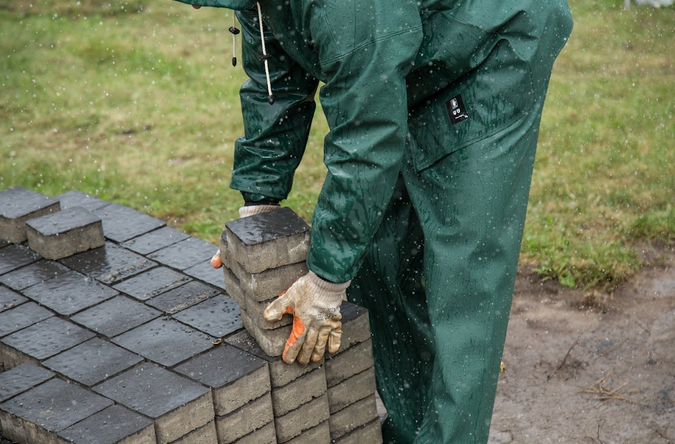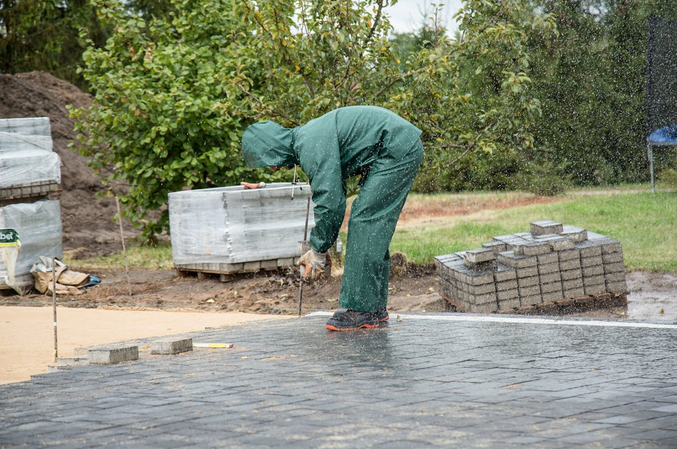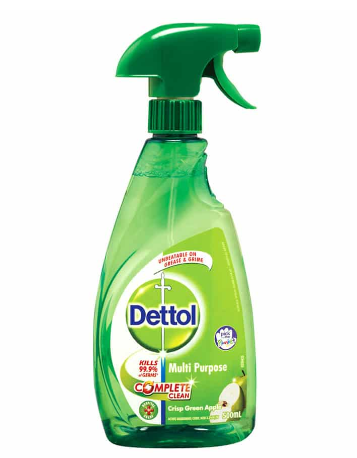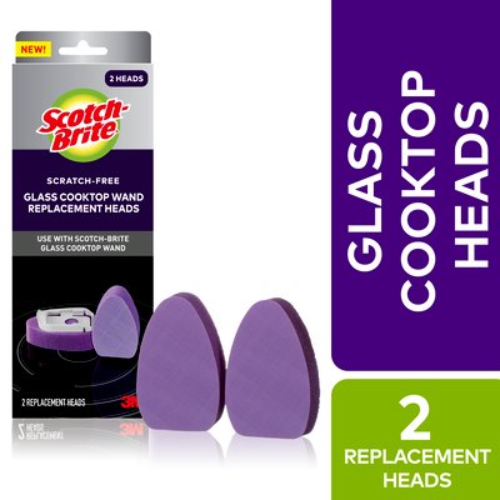Why Interlock Pavers Are the Smart Choice for Walkways

Walkways do more than guide people from one point to another. They frame your home, connect your outdoor areas, and influence first impressions. Choosing the right material for your walkway matters. Among all the available options, brick and concrete interlock pavers stand out. They combine durability, flexibility, and visual appeal. That’s why more homeowners and builders are turning to them for both residential and commercial projects.
Built for Long-Term Use
Interlock pavers are designed to last. Made from high-strength concrete or stone, they can handle regular foot traffic without breaking down. Unlike poured concrete, which can crack as the ground shifts, pavers move with the surface beneath. This flexibility makes them ideal for climates that experience freeze-thaw cycles. If one paver becomes damaged, you can replace it without tearing up the entire walkway. That makes repairs easy and cost-effective.
Visual Appeal and Versatility
Pavers come in a wide variety of colors, shapes, and textures. This gives you the freedom to create a walkway that fits your style. Whether you prefer a clean, modern look or something more rustic, there’s an interlock pattern to match. You can also blend tones or create borders and accents. This variety allows for truly unique walkways that complement any landscape. The result feels custom, not generic.
Simple Maintenance
Keeping a paver walkway clean is straightforward. Regular sweeping and occasional rinsing are usually enough to keep it looking fresh. If weeds appear between joints, they can be removed easily. Some people choose to seal their pavers, which can add protection against stains and fading. But even without sealing, the surface holds up well. The maintenance routine is much less demanding than wood decking or poured concrete alternatives.
Easy Installation and Adjustments

Compared to other hardscape materials, interlock pavers are relatively easy to install. A well-prepared base is key, but the actual placement can be quick. This is especially useful for DIY enthusiasts or homeowners working on a timeline. If you need to adjust the layout later, it’s possible to lift and reposition individual pavers. That flexibility makes it easier to expand, repair, or reroute a walkway over time. No need to start from scratch.
Strong Drainage and Safety
One of the standout features of interlock pavers is their joint structure. The small gaps between each paver allow water to drain through instead of pooling on the surface. This helps prevent puddles and reduces the risk of slipping. It also protects your landscaping by reducing water runoff. Proper installation with the right base layer ensures long-term stability and performance. This drainage advantage makes pavers especially useful for walkways on slopes or near garden beds.
Eco-Friendly Potential
Permeable interlock pavers offer even more environmental benefits. They’re designed to allow water to filter through and return to the ground naturally. This reduces the strain on stormwater systems. It also helps recharge groundwater supplies. Many cities now recommend or require permeable materials for new walkway projects. Choosing pavers can help meet those standards without compromising design. It’s a smart way to combine function with sustainability.
Interlock pavers offer a smart, reliable solution for walkways of all kinds. They handle wear, adapt to changes in weather, and support creative design. The result is a path that looks good, performs well, and lasts for years. With proper planning and care, paver walkways deliver value at every step. They bring structure, beauty, and safety to your outdoor space with the utmost effectiveness. For a walkway that works as hard as it looks good, interlock pavers are the clear choice.…


